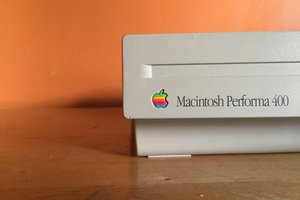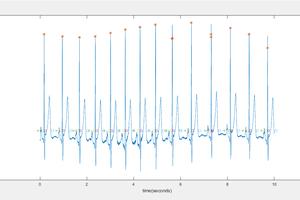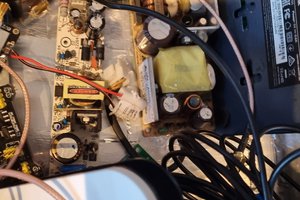I've got a TRS-80 Model 100 portable computer just sitting in my basement, in parts. I t was given to me to see if I could sort out why it wouldn't run. There's a photo in this project that shows what it does on power-on: the LCD displays a single vertical line and nothing else happens.
There is nothing obviously wrong with the power supply, and I get the same symptoms if I use batteries or the wall-wart. The on-board battery still seems to be holding a good charge. There are no obviously blown or leaking capacitors. The first part of the service manual advises where to test for good voltages, which I've done. I've also followed the instructions to be sure the major chips are getting good voltage, and the power-on and reset line levels all seem good when tested at all the interesting inputs and outputs of those chips.
 John Verne
John Verne



 Tawez
Tawez
 Alex Lungu
Alex Lungu
 neohackerjd
neohackerjd
 David Preece
David Preece
[Looks like we reached the limit of threaded conversations on H.io.]
@K.C. Lee has pointed out that I was looking at the bandwidth of the probes, not the device itself, which is indeed 20MHz. And I've learned that this is a rating related to a -3dB roll-off, which is excellent information. This should all be more than sufficient for this rather modest equipment I'm testing.